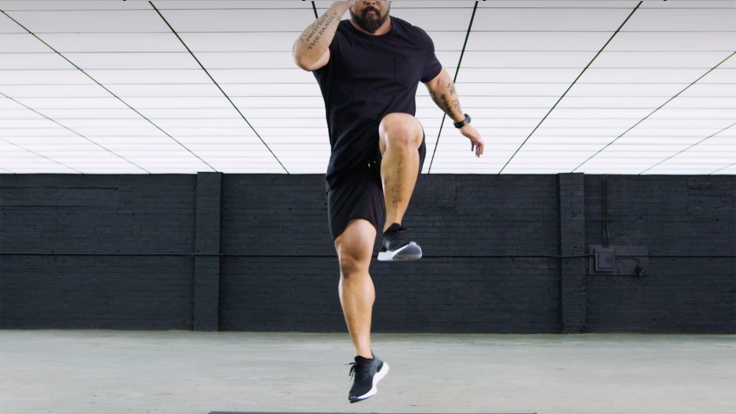How to Get Rid of Stretch Marks on Butt: Effective Solutions?
Stretch marks, often caused by rapid changes in weight or hormonal fluctuations, can be an embarrassing issue, particularly on the butt area. As beauticians, understanding how to get rid of stretch marks on butt effectively can not only enhance your clients confidence but also expand your range of services. This comprehensive guide delves into various methods, treatments, and tips for managing this common concern, ensuring your clients feel comfortable in their skin.
Before we dive into the methods, lets briefly understand what stretch marks are. Stretch marks, or striae, occur when the skin stretches or shrinks rapidly. This sudden change disrupts the skins normal production of collagen and elastin, leading to visible scars. While these marks are usually harmless, they can evoke feelings of self-consciousness.

Understanding the Causes of Stretch Marks on Butt
Knowing the causes of stretch marks can help in preventing them. Here are some of the primary reasons:
- Weight Fluctuation: Rapid weight gain or loss can cause the skin to stretch.
- Hormonal Changes: Conditions such as puberty, pregnancy, and hormonal therapy can lead to stretch marks.
- Genetics: If family members have stretch marks, the likelihood of developing them increases.
- Skin Conditions: Certain skin disorders can make skin more prone to stretch marks.
Top Treatments for Stretch Marks on Butt
1. Chemical Peels
Chemical peels can help reduce the appearance of stretch marks by removing the top layer of skin. This procedure stimulates new skin growth and can improve skin texture. If you have clients looking for a more dramatic result, recommend professional chemical peel treatments.
2. Microdermabrasion
This procedure involves exfoliating the skin using tiny crystals that remove dead skin cells. Microdermabrasion stimulates collagen production, leaving the skin looking more youthful and rejuvenated.
3. Laser Therapy
Laser treatments can be highly effective for reducing the appearance of stretch marks. Various laser therapies work by stimulating collagen and elastin production, promoting healthier skin. It's essential to recommend clients consult with a professional dermatologist for this treatment option.
4. Topical Treatments
There are numerous topical treatments and creams formulated to improve the appearance of stretch marks. Look for products that contain ingredients such as hyaluronic acid, vitamin E, and retinoids, which can help improve skin elasticity and texture. Some reputable options include:
Natural Remedies for Stretch Marks
5. Natural Oils
Natural oils such as almond oil, jojoba oil, and avocado oil can be effective moisturizers. They help keep the skin hydrated, improving its elasticity over time. Advise clients to massage the oils into the areas with stretch marks daily.
6. Aloe Vera
Aloe vera is known for its healing properties and can be soothing for the skin. It promotes hydration and may help in reducing the visibility of stretch marks. Suggest applying pure aloe vera gel directly to the marks.
Best Practices for Prevention
Prevention is key when it comes to managing stretch marks. Here are some practices to recommend to your clients:
- Maintain a Stable Weight: Encourage your clients to maintain a healthy and stable weight to reduce the likelihood of stretch marks.
- Stay Hydrated: Drinking enough water is essential for skin elasticity, which can prevent stretch marks.
- Eat a Balanced Diet: A diet rich in vitamins and minerals, especially vitamins A, C, and E, can support skin health.
- Moisturize Regularly: Applying moisturizers, especially those rich in hyaluronic acid or glycerin, can help keep the skin supple.
When to Seek Professional Help
If your clients are concerned about the severity of their stretch marks or if they have other underlying skin conditions, recommend that they consult a dermatologist. A professional can offer customized solutions and therapies tailored to their specific needs.
Frequently Asked Questions (FAQ)
1. Are stretch marks permanent?
While they may not disappear completely, many treatments can significantly reduce their appearance.
2. Do topical creams really work?
Results from topical creams vary from person to person. Consistent use of products with proven ingredients can lead to improvements.
3. Can diet affect stretch marks?
Yes, a diet rich in nutrients supports skin health, which can help mitigate the formation of new stretch marks.

Conclusion
Stretch marks don't have to impact your clients' confidence. By offering various treatment options and natural remedies, you can empower them to feel their best. Remember, knowledge is power; educating clients about how to manage and prevent stretch marks can significantly enhance their experience in your practice.
For additional resources on skin conditions, it might be helpful to visit this link.
As an Amazon Associate, I earn from qualifying purchases.

